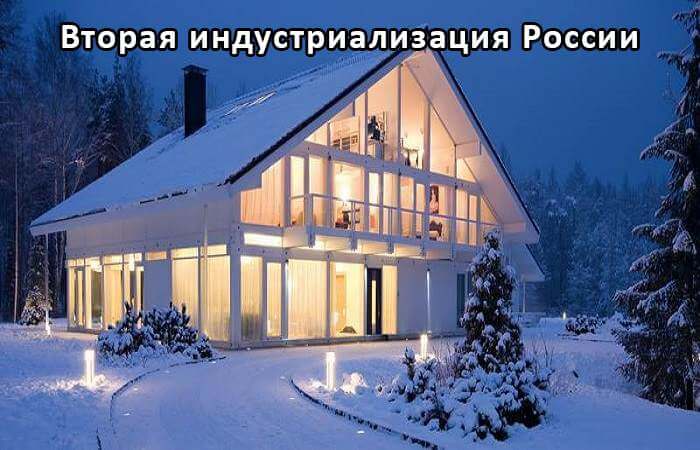Flexible printed circuit boards fabrication with his own hands the production of GOST material price to buy

Flexible printed circuit Board (GPP) to reduce weight and give flexibility to the system.
Flexible printed circuit boards – PCB type, using a flexible base material, with a protective coating or without it. Flexible printed circuit boards have the dynamic flexibility, reduce design size and weight (50-70% when replacing wiring, up to 90% when replacing a hard Board),
Description of flexible printed circuit boards
The advantages of flexible printed circuits, compared to traditional
Application
The basic features of flexible printed circuit boards
Description:
Currently, the widely distributed the following electronic circuit Board:
– sided PCBs – circuit boards that contain copper conductors on one side of the Board and associated elements of the conductive pattern only on one of its surfaces;
– double-sided (double-layered) printed circuit boards – circuit boards that contain two layers, that is, containing a conductive pattern on both sides of the Board;
– multilayer printed boardss – Board, where a conductive pattern is formed not only on the two outer sides of the Board, but also in the internal dielectric layers. Depending on the complexity of multilayer printed circuit boards can be made of 4,6, ….24 or more layers;
– custom PCB:
– printed circuit boards of high complexity printed circuit Board high density interconnect or HDI (High Density Interconnect);
– pacatia Board with metal side;
– pacatia Board with a metallic protertymi (“trademarks”);
– pacatia Board with metal base;
– RF and microwave PCB PTFE or ceramic substrate.
Become more and more popular flexible printed circuit boards.
Description of flexible printed circuits:
Flexible printed circuit Board (GPP) is a type of printed circuit boards using a flexible base material with a protective coating or without it.


Flexible printed circuit Board is a multilayer structure that includes a base (base material), adhesives, material, conductive layer, protective layer. In some cases, the use of the materials without adhesive layer.

The main application of flexible PCBs is their use as connectors between different parts of electronic devices made on the basis of “normal” (hard PCB), as a replacement for cable connections. In addition, on the basis of flexible printed circuit boards can be performed inductors, antennas , etc. Flexible boards allow you to create unique designsthat allow you to solve questions meschenich connections and installation, while providing flexibility to the system. The technology of flexible printed circuits offer many viable solutions, among which the most promising solutions related to the creation of spatial structures of interconnections.
Advantages of flexible printed circuit boards compared with the traditional:
– dynamic flexibility
– reducing the size of the structure,
– weight reduction (50-70% when replacing wiring, up to 90% when replacing a hard Board),
– improving the efficiency of the Assembly
– reducing the cost of Assembly (fewer operations)
– increase yield in the Assembly of circuit boards,
– improving reliability (reducing the number of levels of connections),
– improvement of electrical properties (uniform material, the wave resistance, decreasing the inductance),
– improved heat dissipation (flat conductors, the heat dissipation on both sides),
– the possibility of three-dimensional package design,
– compatible with surface mounting components (compatible coefficient of expansion),
– simplification of control (visual and electrical).
Application:
– automotive (dashboard, control systems,etc.)
– in household appliances (35 mm cameras, camcorders, calculators,etc.)
– in medicine (hearing devices, pacemakers,etc.)
– weapons and space (satellites, panels, radar systems, night vision devices,etc.)
– computers (printheads, managing disks, cables,etc.)
– industrial control (computerwise appliances, heaters,etc.)
– tools (x-ray equipment, particle counters, etc.), etc.
The basic features of flexible printed circuit boards:
| Materials used: |
– film polyimide DuPont AP 8525 Basargina R 18/50/18, |
| Max Board size, mm: | 410 x 270 |
| Class complexity: | Class a (standard process) |
| Finish: |
– Immersion plating (Electroless Nickel / Immersion Gold – ENIG) |
| Solder mask: | on request |
|
Markings: |
1 – 2-sided, color: white, black |
| Machining: | Milling |
| Control: |
–Visual(100%) |
|
Standards inspection:
|
– GOST 23752-79, GOST 23751-86 3-5 accuracy class |


